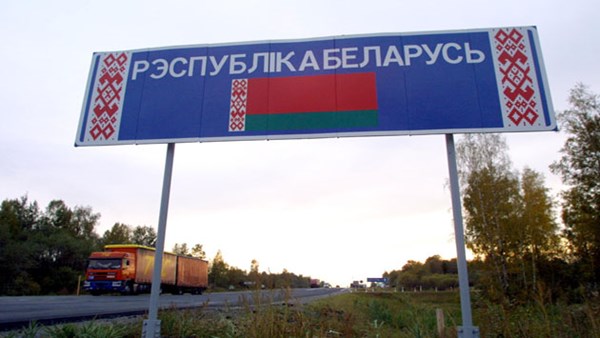Belarus replaces Russian loans with Chinese ones
Belarus has signed an agreement to borrow 3.5 billion yuan (around $500 million) from China, announced the Belarusian Finance Ministry.
The 5-year loan will be provided by the Shanghai branch of the China Development Bank. The loan is not tied to any particular project, and can be used for general purposes, including the servicing of government debt, supporting Belarus’s foreign currency reserves, and facilitating the development of bilateral trade.
This is an “unprecedented” deal for Belarus, which shows that relations between Minsk and Beijing have reached a “new level”, said the ministry, as cited by RIA Novosti.
The Chinese funds will be used to replace Russian loans, which Minsk has decided to completely forego for the first time in the years that the Union State has existed.
According to Belarus’s financial and tax policies for 2020-2022, the country’s Finance Ministry does not plan to take out any new loans whatsoever from Russia in 2020.
In 2019, Minsk was expecting a $630 million loan from Moscow in the form of an intergovernmental loan, and another $200 million as the latest tranche in an assistance program from the Eurasian Fund for Stabilization and Development (EFSD). However, by the start of November, Belarus had received neither of the expected assistance packages.
Russia’s willingness to lend to Belarus depends on how much progress the republic makes on integration with Russia, said Russian Finance Minister Anton Siluanov at the end of October.
The Russian minister stressed that Russia could even decide not to allocate the funds. Even though the two countries have finally signed a roadmap, after six months of negotiations, Belarus is outright refusing to agree to Russia’s primary condition – transition to a single currency.
Valentina Matvienko, head of Russia’s Federation Council, said in July that the Union State “should at some stage or other have a single currency”. She made the statement while in Minsk for talks with Belarusian President Alexander Lukashenko, two weeks after Lukashenko had traveled to Valaam for talks with Vladimir Putin.
However, the former Soviet farm director and Communist Party member since 1979 was unable to persuade Lukashenko. The agreement on a unified financial market in the Eurasian Economic Union and the harmonization of monetary and credit policy with Russia does not envisage a transition to Russia’s national currency, reiterated Pavel Kallaur, head of Belarus’s National Bank, on November 1.
The fact that, unlike previous years, Belarus’s borrowing plan for 2020 does not include new financing from Russia could be surprising, since Moscow has always been Belarus’s primary creditor, observes Sberbank CIB analyst Alexander Golynsky.
“Even despite the reduction of financial support in recent years, both parties tried to keep Belarus’s net payments to Russia at zero,” he noted. New loans were issued in order to refinance old ones. Now, however, Minsk will be forced to repay its debt to Moscow.
In 2020, Belarus needs to repay $2.6 billion on foreign loans and another $1.2 billion of interest.
The country plans to finance three quarters of this amount, $1.95 billion, through new loans, including from China. The government plans to acquire another $600 million on the internal foreign currency market, and to repay the remainder using budget reserves.
